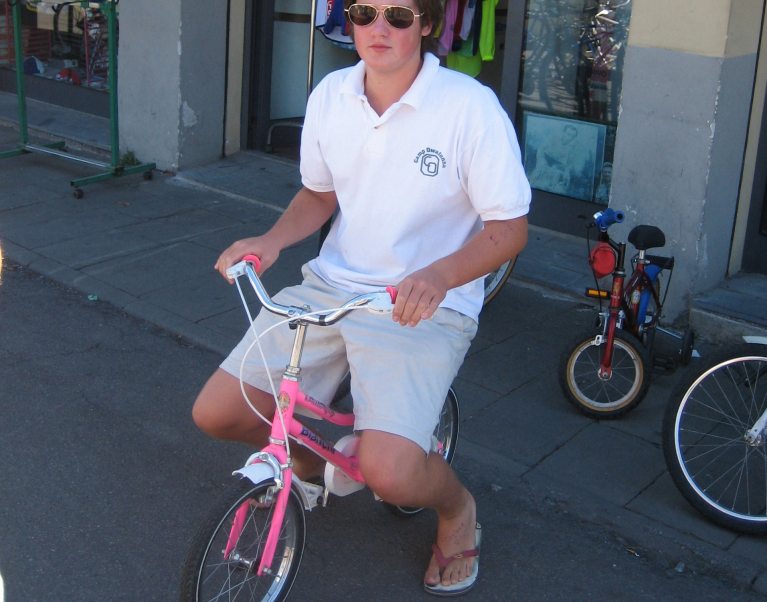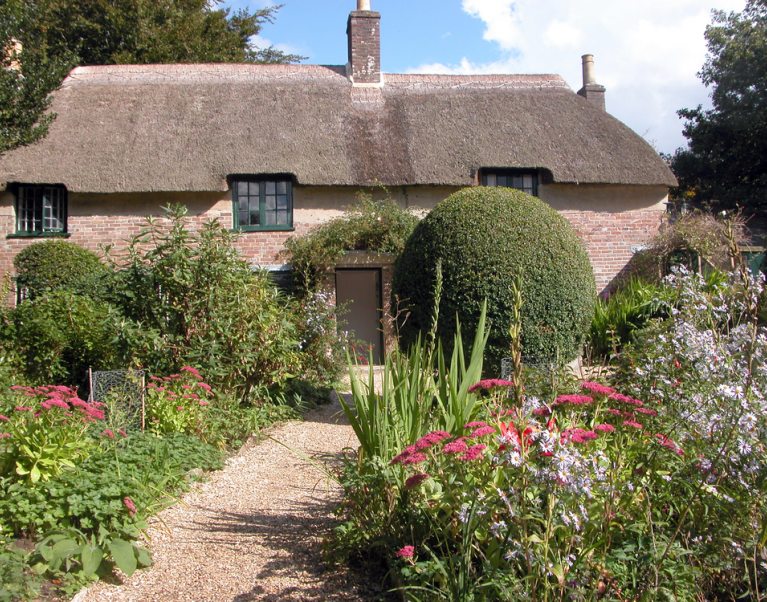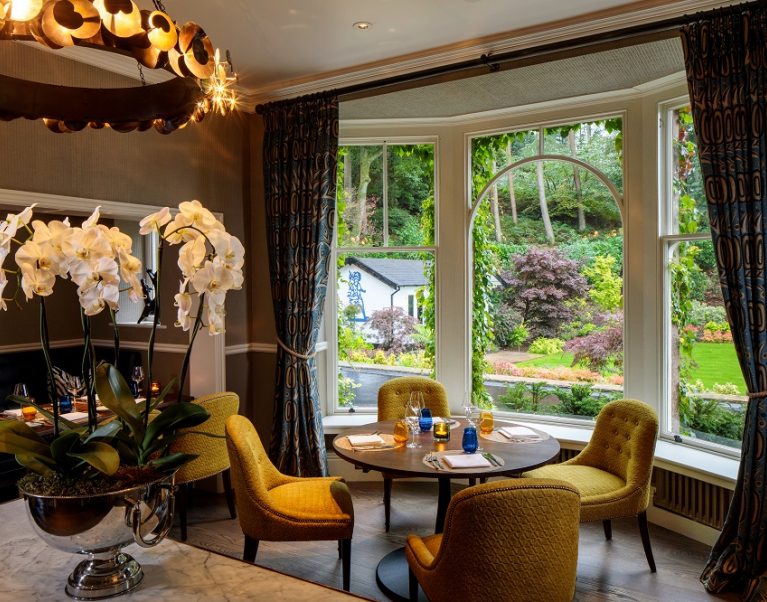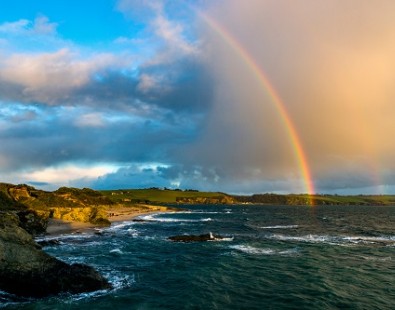Top Tips for Cycling Beginners
2nd March, 2020
With cycling becoming ever more popular you may like the idea of a cycling holiday - but have a few questions and concerns! So we asked our Founder and Chief Route Designer - Wendy Carter - for her top tips to get the most enjoyment from your trip.
LEVEL THE PLAYING FIELD
For lots of couples or groups, one rider may be fitter and more confident than their partner. To level the playing field, choose an electric bike that makes hills a breeze and gives you a helping hand if you start to fall behind.
KIT TIPS
Don’t worry about what your rear looks like – comfort comes first! Buy some padded cycling shorts which protect your body parts in contact with the saddle. They are worth every penny. Check out the thickness and width of the padding as it can vary.
Bring a gel bike seat cover. They go neatly into your suitcase and fit on top of the saddle to give you double protection. Again, they vary in thickness and shape so worth checking out a few different buys.
Do wear a helmet. If you don’t it may invalidate your travel insurance, and it’s just general common sense. Make sure you adjust it to fit before you start your ride, using the knob at the back and the strap under your chin so your head fits neatly but not tightly. If you are hiring a helmet and don’t like the idea of using one someone has worn before, then buy a helmet liner.
Bring comfortable shoes with reasonably thick soles that have some flexibility – trainers are good, flip flops and sandals are not, especially as they don’t protect your toes and feet from small stones, stinging nettles or mud.
Wear layers of clothing that you can peel off and carry neatly in your pannier.
Sun glasses have the dual benefit of protecting your eyes from bright lights and insects you may end up cycling through.
WELL ADJUSTED
Few novice cyclists take the time to adjust their bicycle before they start riding. Getting the saddle at the right height can make a huge difference in terms of the effort you put in to the power you get out. For maximum efficiency, adjust your saddle so that when your pedal is at its lowest position your leg is straight.
It may help to adjust the handlebars too, making them higher so you don’t have to lean over or put so much weight on your arms, and bringing them nearer if you don’t want to stretch your arms as far. If you have to make a lot of adjustments then the bike you have been given is probably too small or too big.
ON YOUR BIKE
Only change gear when you are pedalling otherwise you risk the chain coming adrift. Look ahead and start changing gear before you reach an incline rather than when you reach it, which is too late. This is especially true if the incline is steep when you will need to go down several gears (rather than just one) and you should get up as much speed as possible before the incline arrives. Keep changing down until you are riding at a comfortable pace. Don’t be proud - if the slope is defeating you just get off and push!
For safety, use both brakes when you want to slow down.
Padlock your bike to something that’s not just temporary or can be easily snapped and try to put the cable through the front or back wheel rather than just through the frame.
If you get a puncture, you must find and remove the offending object rather than simply replacing the inner tube. If you don’t find the cause of the problem you’ll keep getting the same problem.
If you’re cycling behind someone, don’t get too close, otherwise if they stop abruptly you don’t have much time to react.
In busy areas always cycle single file and keep close to the curb.
If you’re crossing a curb, railway line or a drain, cross with your wheel at right angles to the obstacle.
For safety keep your ears open as well as your eyes peeled. No ear phones.
RIDE READY
Keep your water bottle topped up and preferably have one that you can open and use with one hand or else you will have to stop every time you want a sip.
Carry some snacks. Sometimes you might go a distance before finding somewhere to eat or buy food.
Look at your itinerary the night before and have some idea of the shape of the day ahead, the highlights you might want to visit and where you might stop for lunch. It’s best to complete more than half the miles, sometimes even two thirds of the distance, before lunch.
Check what time frames you need to meet, such as boat or ferry crossings. In the UK, many country pubs stop serving lunch around 2pm, and may close from 3pm to early evening.
Try to find out where public restrooms are located for the day ahead. If you get caught out, prepare for a rural spot by bringing tissues or wet wipes with you. These are also great if you have to repair a puncture and get oily hands. If all else fails, use grass!
GO SLOW
If something catches your attention take the time to go and explore it. This is what slow travel is all about. It’s the journey that matters rather than the arrival.
Engage with the locals especially en-route. They can often tell you even more about the local history or point you in the direction of hidden gems that you don’t want to miss.
AND FINALLY
Ask us! We have lots of experience of designing the perfect trip and we love what we do!
Posted by: Nicola Smith
Tags: Cycling holidays, Family fun, Insider info, Tailor-made by us





